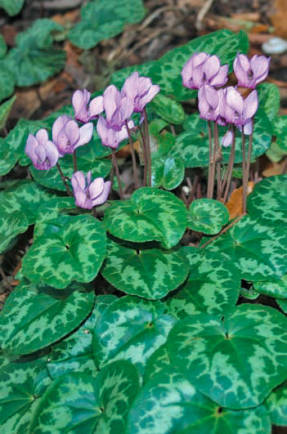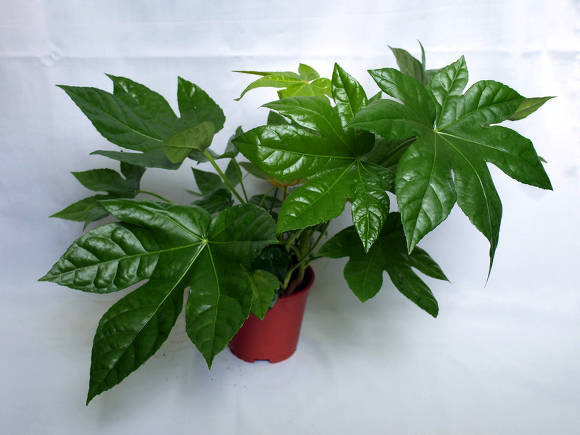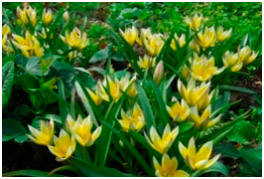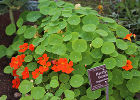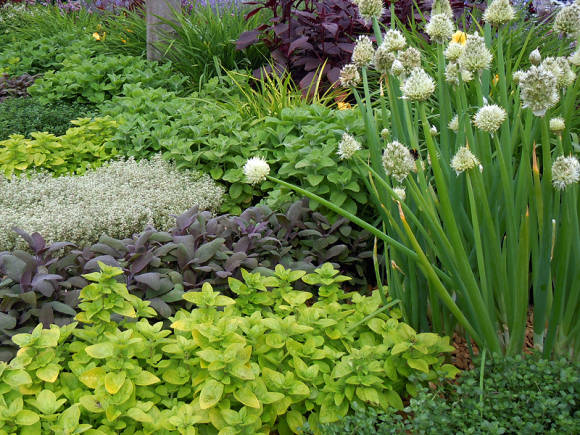Daikon in our gardens is still a rare phenomenon, but it would be wrong to say that it is unique - daikon, starting from the new century, have been very actively planted, and this is not a tribute to fashion, but rather a tribute to health. In general, everything Japanese is reliable and useful, so they say, say, about cars, and about plants too. For example, the daikon is just a native of Japan, although it did not stay there for a long time - it "fled" both in Korea and China.
The daikon itself is a rather large root crop, often white. The plant itself belongs to the cabbage family, to the radish species. That is, by and large, a daikon is nothing more than a radish.
Few people know that the daikon can be sown at once in several passes, for example, in early July, then at the end of this month, then in the very middle of August and, finally, at the very beginning of September.
Preparing the soil for daikon
Before you start preparing a site for sowing a daikon, you need to remember what grew in this place earlier. So, for example, if a radish, cabbage or other cruciferous crops grew there, then the daikon cannot be sown, as well as sow it in the immediate vicinity of the already growing cabbage, radish and "one-root" crops.
The daikon is sown on the site, having prepared the soil well in advance, leveled it, dug up a shovel on a full bayonet with the obligatory introduction of a teaspoon of nitroammophoska and a couple of kilograms of humus for each square meter.
As soon as the soil is ready and the optimal time is right, it will be possible to start sowing the daikon.

Dates of sowing daikon in summer
In the summer, the agrotechnology of the daikon is very similar to that of all of us well-known radish - therefore, sowing the daikon is optimal starting from the second half of summer, that is, from July.
In late spring, when the days differ in length, the daikon should not be sown for the simple reason that an excess of sunlight in combination with a sufficiently high temperature will stimulate the daikon not to form a root crop, but to form an arrow with a flower, which will subsequently give seeds that are quite suitable for sowing (unless it is an F1 hybrid). The second half of summer, when the day becomes shorter and the temperature, especially at night, is colder, the daikon will form the root crop.
By the way, daikon root crops develop very well on good, nutritious soil, as a result, a high, high-quality harvest is obtained, and although individual plants can still form an arrow with an inflorescence, there will be extremely few such plants.
A little about daikon varieties

Of course, if you want to get a high-quality harvest of daikon when sowing it in the summer, you need to select the appropriate varieties of this culture. So, for example, in the summer, the best option would be to sow late varieties, but if you want to sow daikon in August or the first autumn month, then it is better to choose mid-ripening varieties and, of course, early ones.
Among the late varieties, one can name Mammoth Tusk (root crop up to 750 g), among the mid-early varieties, the leaders are: Diamond (up to 300 g), Astor (up to 1.2 kg), Baseball (up to 750 g), Dragon (up to 960 g) and Dubinushka (up to 2.2 kg), of the early ones, the best are: Ice Kon (root vegetable up to 600 g), Barchonok (up to 420 g), White Sun (up to 250 g) and Vakula (up to 810 g).
If you are impatient, and next year you do not want to wait for summer to sow the daikon, then you may well opt for early varieties, with early spring sowing they will ripen in 45 days. and in spring, they are well preserved, so eating them right there or putting them into processing immediately after being removed from the ground is not at all necessary.
For late daikon cultivars, the optimal time for sowing seeds is the very beginning of July, although if you sow them in mid-July, nothing bad will happen, but then you can eat these root crops until mid-winter.
By the way, few people know that the daikon can be sown in several runs at once, for example, at the beginning of July, then at the end of this month, then in the very middle of August and, finally, at the very beginning of September.
Preparing daikon seeds for sowing
So, the place has been chosen, the soil is ready, the varieties have been decided, now let's prepare daikon seeds for sowing. To begin with, they need to "wake up", for which the seeds should be placed in water heated to 50 degrees Celsius for a quarter of an hour. After that, remove and immerse in as cold, ice-cold water as possible, then take it out, wrap it in a damp cloth and put it in the refrigerator for about a day, in the compartment where you usually store vegetables. After about a day, the seeds can be taken out - they will be ready for sowing.
How to sow daikon
Daikon is sown in the same way as the radish familiar to all of us, however, be aware that the root crops of the daikon are quite large, therefore, the distance between the seeds needs to be selected more. For example, if the variety is large-fruited (Dubinushka), then a distance of 30 cm can be left between the seeds, if the size of the root crop is small (Diamond), then 15 cm will be enough, and if the average (Vakula) can be left 30 cm. Between the rows, so that it was easy to care for the daikon, you need to leave half a meter.
Sow the seeds in holes, and in each place a pair of seeds, planting to a depth of 2 cm, then the strongest plant can be left, and the other just pulled out.
Thinning of sprouts can be carried out 10 days after sowing the seeds, then it is important to monitor the soil moisture, providing the daikon with moisture in abundance, fight weeds and loosen the soil so that a soil crust does not form on it.

Depending on the early maturity, the daikon is harvested after 45 or 70 days, if you count from the moment the shoots emerge on the soil surface.
In the process of digging, be very careful, try not to damage the root crop, otherwise it will be poorly stored or not stored at all. You can use a shovel for digging, but it is better to take a pitchfork, this is more reliable.
After harvesting, which is best carried out on a fine and sunny day, it is advisable to leave the roots to lie on the ground, but it is better to hide them in the shade. There they will dry out, the earth will fall off from them.
Finally
The Japanese know about the benefits and taste of daikon and grow it everywhere, it's time for us to completely switch to this culture, especially since the daikon is very plastic and goes to the preparation of a wide variety of dishes, in addition to eating raw, pickles and salting. Well, the benefits of daikon in winter, when there are a minimum of vitamin products, is simply impossible to overestimate.
Recipes with daikon:
- Daikon and melon salad with citrus dressing
- Chicken thighs with daikon in red wine sauce
- Daikon, shrimp and tangerine salad
- Daikon and salmon salad with mustard dressing
- Daikon salad with wild garlic, chicken and cottage cheese
- Chinese pickled daikon
- Slices of daikon in oriental batter

